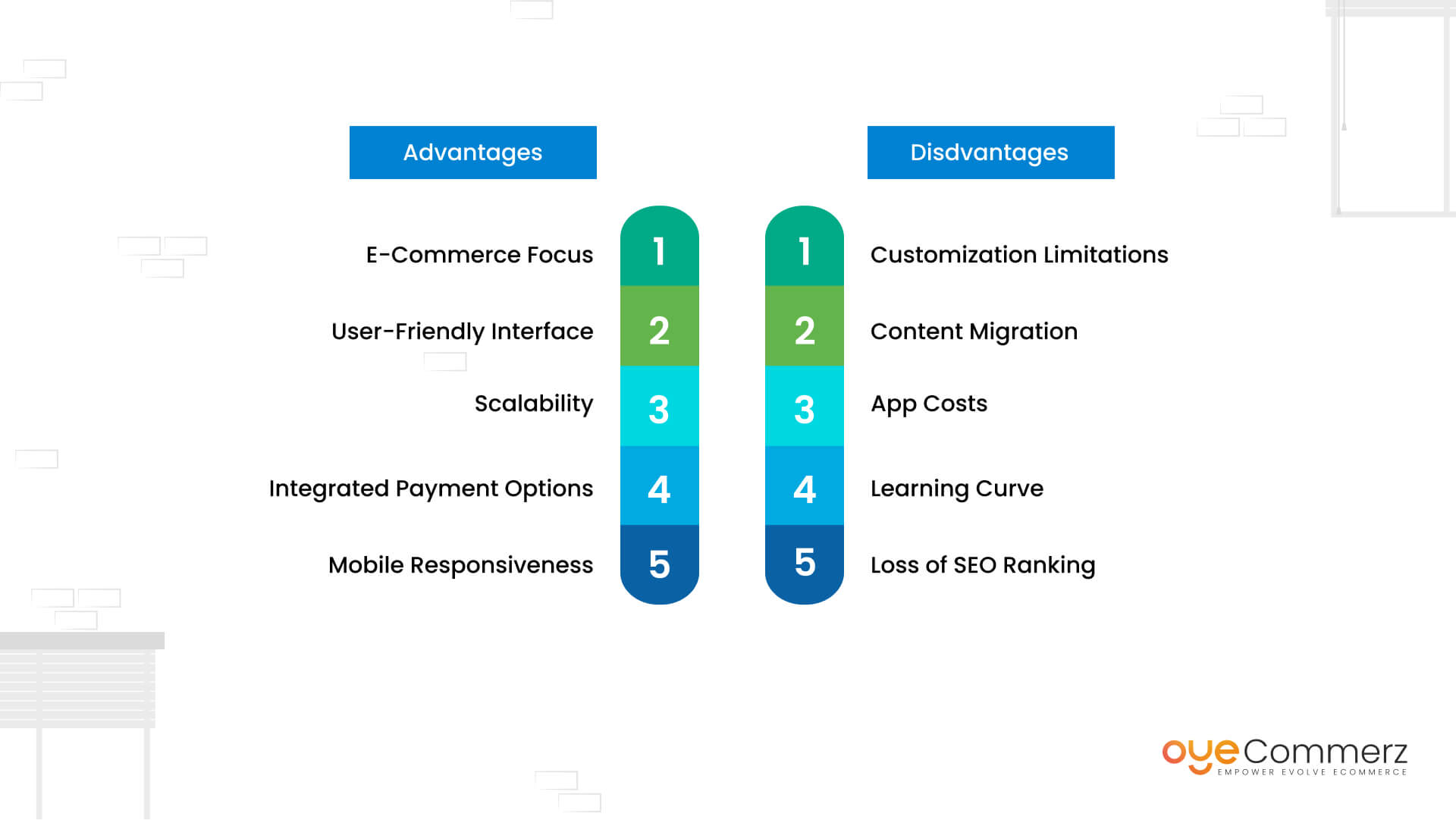Shifting from WP to Shopify is an exciting step in optimizing your e-commerce operations. As companies grow, choosing a solution that aligns with scalability, UX, and customization is essential. Shopify has emerged as a preferred choice for online merchants, providing superior flexibility, data protection, and ease of use. In this guide, we’ll explore why this migration is a game-changer, highlight the benefits, and share actionable steps to facilitate a smooth transition.
1. Why Switch from WP to Shopify?
WordPress, paired with WooCommerce, continues to support countless online stores. Nevertheless, as companies expand, issues like plugin dependency, data risks, and complex setups can hinder progress. Shopify, specifically created for digital retail, addresses these issues with an all-in-one, intuitive solution. Real data back this transition—Shopify powers over 4.4 million websites globally, with a documented 10% increase in sales performance for many businesses post-switch.
2. Shopify's Perks for Thriving Online Stores
Shopify’s powerful platform is tailored for scaling brands. Its notable benefits are:
- Seamless Customization: Shopify offers over 80 professionally designed themes.
- Integrated Tools: Capabilities such as Shopify Payments and built-in SEO streamline operations.
- Global Reach: Currency versatility and regional customization enable brands to reach global markets.
Additionally, Shopify boasts an availability percentage of 99.98%, guaranteeing your website remains accessible.
3. Getting Ready for Your WordPress-to-Shopify Transition
Prior to starting the migration process, evaluate your existing setup. Review inventory details, client information, and search engine rankings. Tools like Shopify’s Migration Kit or external tools can simplify this process. Create a comprehensive plan, ensuring all resources—item details, images, and blog content—are ready for seamless import.
4. Data Migration: A Critical Step
Data migration forms the foundation for a successful platform switch. When moving from WP to Shopify, prioritize:
- Product Information: SKU, item summaries, and groupings.
- Client Information: Emails, purchase records, and custom fields.
- Search Engine Considerations: Preserve meta tags, URLs, and redirects to maintain search rankings.
Leverage apps like LitExtension to facilitate seamless migration while minimizing errors.
5. Tailoring Your Shopify Store to Fit Your Brand
Post-migration, Shopify vs WooCommerce pros and cons customizing your Shopify store helps it aligns with your business identity. Take advantage of Shopify’s intuitive page builder to design pages effortlessly. Shopify's templates are mobile-responsive, ensuring a seamless user experience across platforms—a critical factor, given 74% of online shopping is generated by mobile visitors.
6. Maintaining SEO During Migration
Search engine optimization is crucial for maintaining your online presence during migration. Shopify is highly optimized for search engines with clean URL structures, preloaded features, and smooth content management. Make sure you:
- Set up URL Shopify store migration checklist forwarding for old URLs.
- Optimize new pages with keyword-rich content.
- Leverage plugins like Plug in SEO to track analytics after the switch.
7. Essential Tests After Migrating to Shopify
After finishing the transfer, conduct thorough testing.
Check: - Website speed (Shopify delivers faster speeds in contrast with WordPress).
- Payment integration reliability and checkout processes.
- Adaptability across devices.
Quality assurance ensures your store delivers a smooth shopping experience from day one.
8. Case Study of a Successful Migration
An example of effective platform switching is Gymshark, a fitness apparel brand that moved to Shopify. After the switch, the company experienced a 60% increase in mobile sales and significantly lowered site downtime. This highlights the capabilities of Shopify in driving online business success.
9. Overcoming Common Migration Issues
Migration comes with challenges, such as data integrity and adjusting tailored features. However, Shopify’s extensive assistance and third-party experts make overcoming these hurdles manageable. Partnering with qualified Shopify developers helps guarantee a smooth transition.
10. Starting Your Journey with Shopify
Switching from WP to Shopify marks a strategic decision to online retail. By focusing on growth, simplifying management, and enhancing the customer experience, Shopify empowers businesses to thrive in competitive markets.
Conclusion
Switching from WordPress to Shopify is a strategic move that can significantly boost your e-commerce success. With a robust migration plan, the right tools, and professional guidance, you can achieve new success milestones.
Excited to start the journey? Reach out today to learn how our Shopify migration services can revolutionize your e-commerce platform. Get in touch today, or ask yourself: Is it time to seize Shopify’s advantages for your store?
